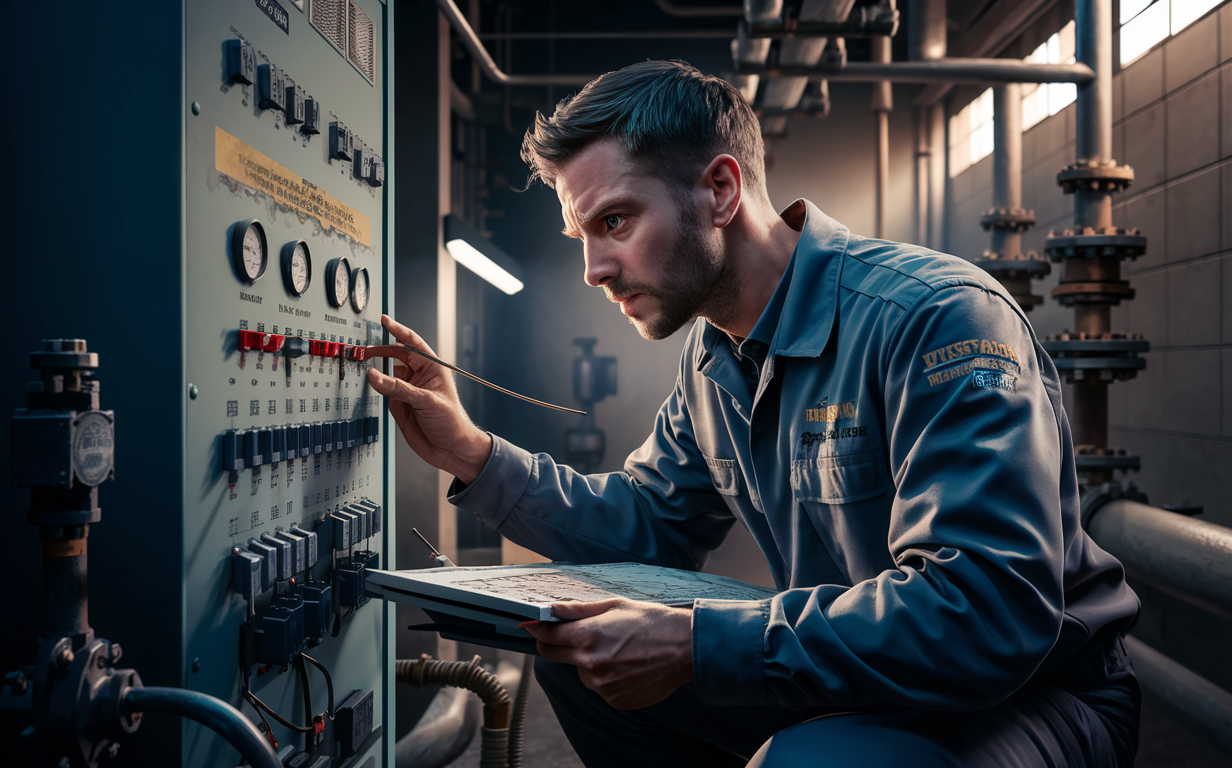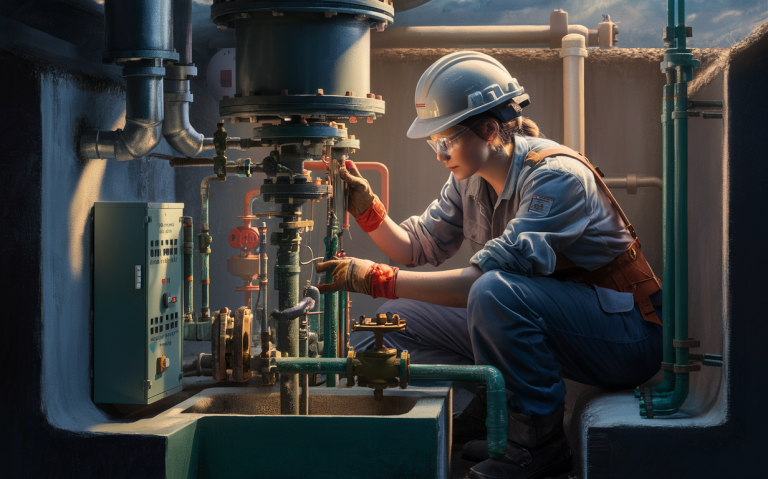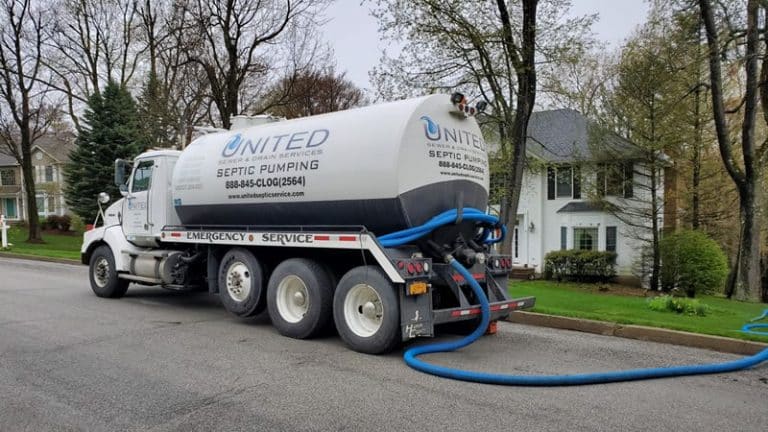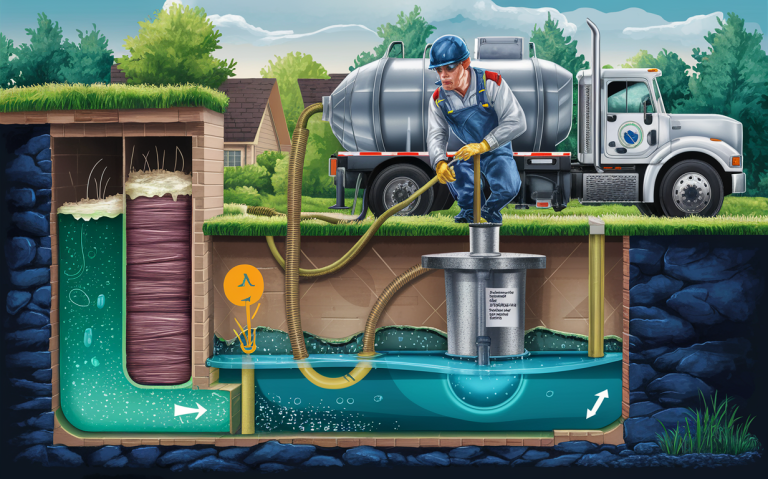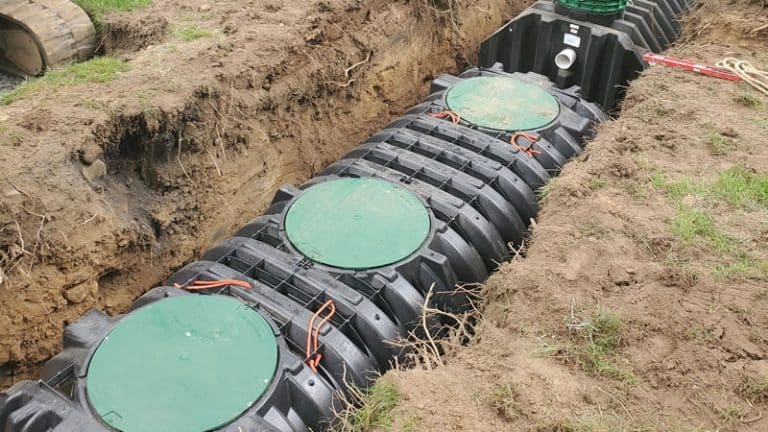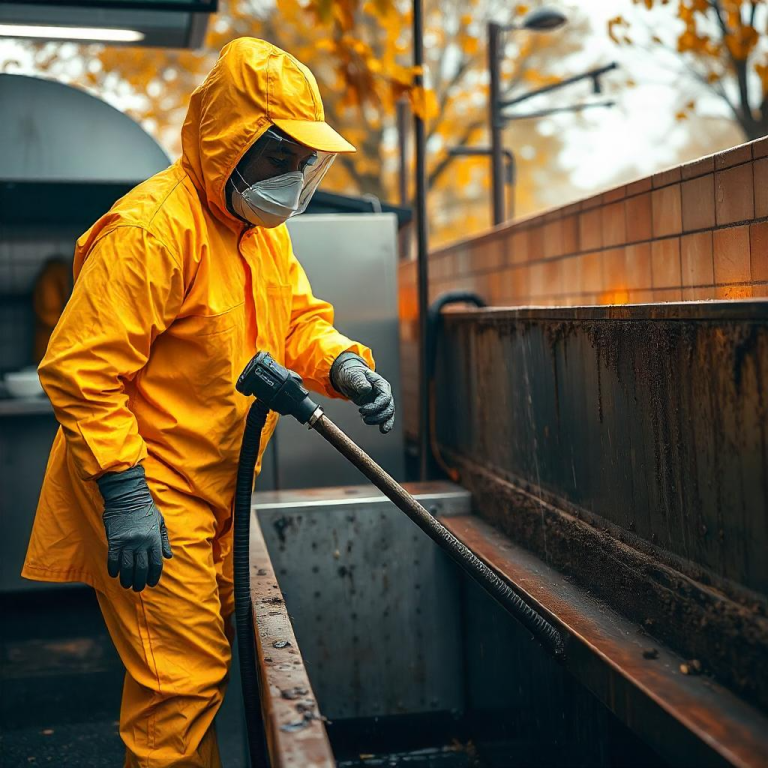Troubleshooting Lift Station Issues: Expert Solutions & Tips
Troubleshooting Lift Station Issues
Lift stations are critical components in wastewater management systems. Their primary function is to move wastewater from lower to higher elevations, especially where gravity flow is not feasible. Troubleshooting lift station issues can prevent disruptions that might affect residential, commercial, and municipal services.
Key Takeaway
Understanding common lift station problems and their solutions can significantly reduce downtime and maintenance costs. Key points include:
- Common issues like pump failures, float switch problems, and electrical faults.
- Preventive measures to avoid frequent breakdowns.
- Technological advancements in lift station monitoring.
Understanding Lift Station Components
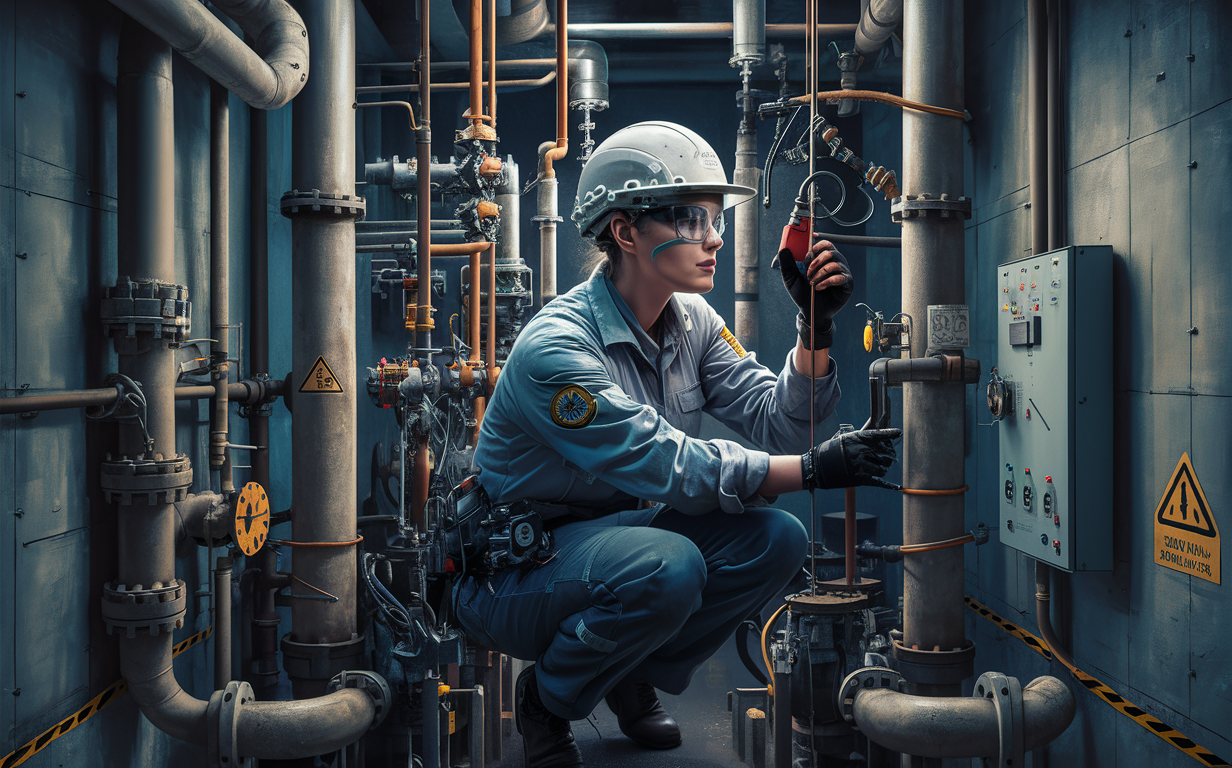
Lift stations consist of several parts that need to work in unison for efficient operation. Key components include:
- Pumps: These are the heart of the lift station, responsible for moving wastewater.
- Float switches: These devices regulate the pump’s operation based on the water level.
- Control panels: They manage the entire lift station’s operation, ensuring everything runs smoothly.
- Valves: These control the flow and direction of the wastewater.
Common Lift Station Issues and Solutions
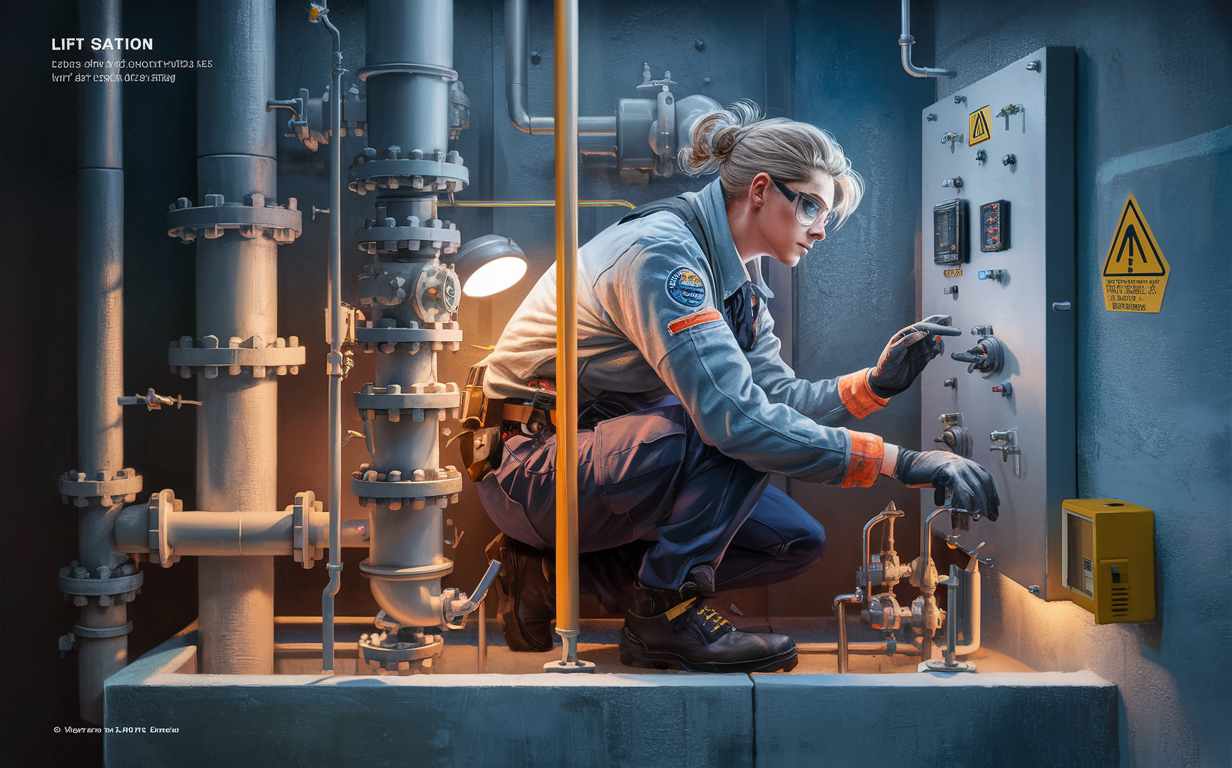
Pump Failures
Pump failures are among the most frequent problems in lift stations. These can be due to various reasons, including blockages, wear and tear, or electrical faults.
Solution: Regularly inspect and maintain pumps. Use high-quality, durable pumps designed for wastewater management to minimize wear and tear. Implement routine cleaning schedules to prevent blockages.
Float Switch Problems
Float switches are essential for regulating the pump operation. When they fail, the pump may not turn on or off at the correct times, leading to potential overflows or dry runs.
Solution: Inspect float switches regularly for wear and tear. Replace faulty switches immediately to ensure proper pump operation. Consider using more reliable float switch designs to reduce the likelihood of failure.
Electrical Faults
Electrical issues can cause significant disruptions in lift station operations. These faults can stem from poor wiring, power surges, or component failures.
Solution: Regularly inspect and maintain all electrical components. Use surge protectors and reliable wiring to prevent electrical issues. Employ qualified electricians for installation and repairs.
Preventive Maintenance for Lift Stations
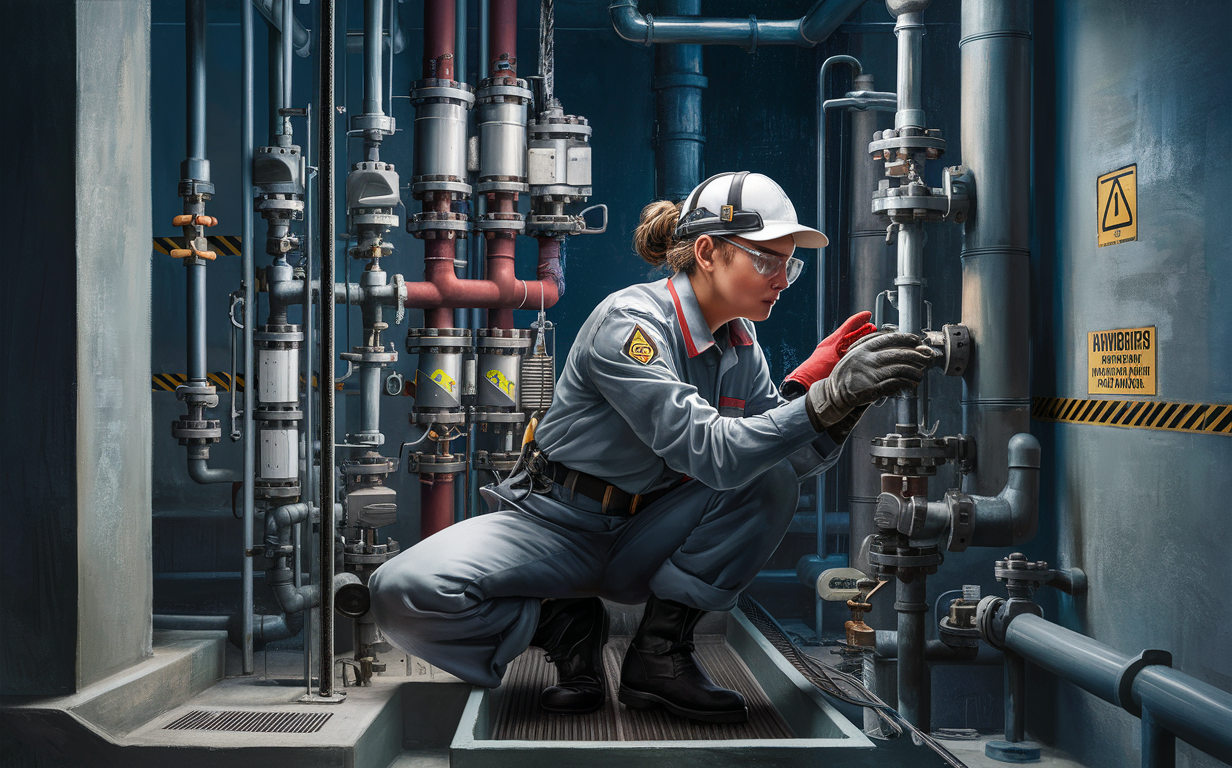
Preventive maintenance is crucial in minimizing lift station issues. Regular inspections and maintenance can prevent minor issues from becoming major problems.
Checklist for Preventive Maintenance:
- Regular Pump Inspections: Check for wear and tear, blockages, and performance issues.
- Float Switch Testing: Ensure float switches are working correctly and replace them as needed.
- Electrical Component Checks: Inspect wiring, control panels, and surge protectors.
- Valve Maintenance: Ensure all valves are functioning properly and replace any faulty ones.
- Routine Cleaning: Clean the lift station regularly to prevent blockages and buildup.
Technological Advancements in Lift Station Monitoring
Advancements in technology have made it easier to monitor and manage lift stations. Remote monitoring systems allow for real-time tracking of lift station performance, helping identify issues before they become significant problems.
Benefits of Remote Monitoring Systems
- Real-Time Alerts: Receive immediate notifications of any issues, allowing for quick response.
- Data Analysis: Analyze data trends to identify potential problems and optimize operations.
- Reduced Downtime: Quickly identify and address issues, minimizing lift station downtime.
- Cost Savings: Preventive maintenance and timely repairs can reduce overall maintenance costs.
Implementing Preventive Maintenance
A municipal wastewater management facility was experiencing frequent lift station failures, leading to increased downtime and maintenance costs.
By implementing a comprehensive preventive maintenance plan, they were able to reduce lift station failures by 70% within the first year. Regular inspections, timely repairs, and technological advancements played a crucial role in this success.
Common Lift Station Issues and Solutions
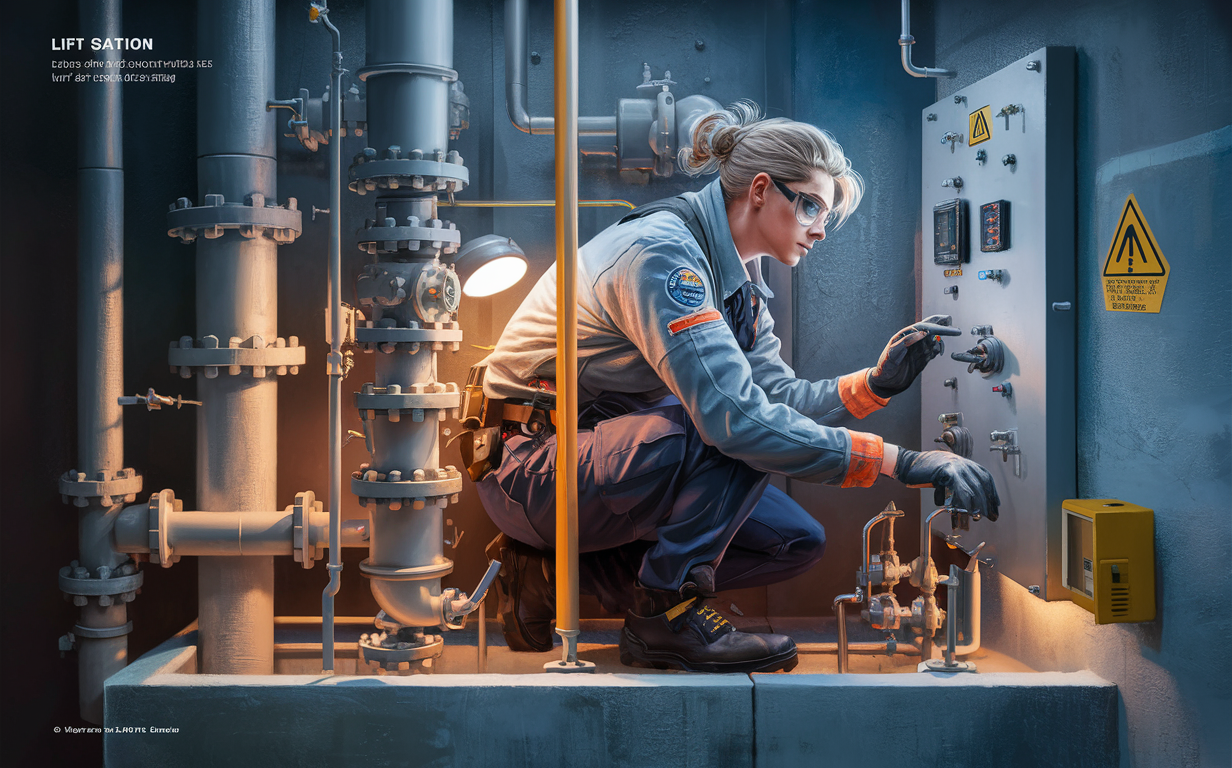
| Issue | Cause | Solution |
|---|---|---|
| Pump Failures | Blockages, Wear and Tear | Regular inspections, High-quality pumps |
| Float Switch Problems | Wear and Tear, Mechanical Failures | Routine testing, Immediate replacement |
| Electrical Faults | Poor Wiring, Power Surges | Qualified electricians, Surge protectors |
Prevention Tips for Common Problems
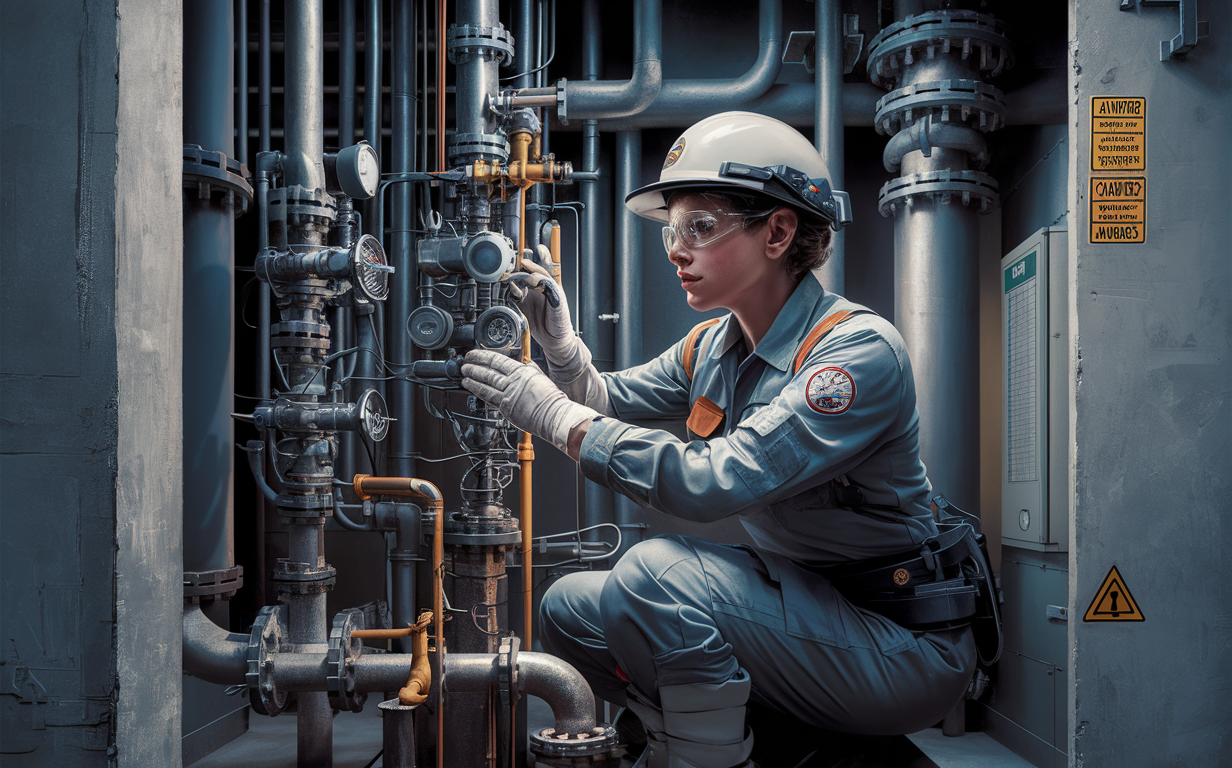
- Regular Training: Ensure staff is well-trained in lift station maintenance and troubleshooting.
- Quality Equipment: Invest in high-quality pumps, float switches, and electrical components.
- Emergency Plans: Have an emergency response plan in place for unexpected issues.
- Regular Audits: Conduct regular audits of lift station performance and maintenance practices.
Importance of Professional Assistance
While routine maintenance can prevent most issues, some problems require professional attention. Professional lift station services offer:
- Expertise: Trained professionals with experience in diagnosing and repairing lift station issues.
- Advanced Equipment: Access to specialized tools and technology for effective repairs.
- Comprehensive Services: From routine maintenance to emergency repairs, professional services cover all aspects of lift station management.
Comparison of DIY Maintenance vs. Professional Services
| Aspect | DIY Maintenance | Professional Services |
|---|---|---|
| Expertise | Limited to basic knowledge | Access to trained professionals |
| Equipment | Basic tools | Specialized, advanced tools |
| Cost | Lower initial cost | Higher initial cost, potential savings in long-term |
| Efficiency | Time-consuming | Fast and efficient |
| Scope of Services | Limited | Comprehensive |
Emergency Preparedness Steps
- Identify Critical Components: Know which parts of your lift station are most likely to fail.
- Stock Spare Parts: Keep essential spare parts on hand for quick replacements.
- Establish Contact with Professionals: Have a reliable lift station service provider on speed dial.
- Train Staff: Ensure staff knows how to handle lift station emergencies.
- Regular Updates: Keep your emergency plan updated with the latest procedures and contacts.
Conclusion
Effective troubleshooting and regular maintenance of lift stations are essential for smooth wastewater management operations. By understanding common issues, implementing preventive measures, and leveraging technological advancements, you can ensure your lift station functions efficiently and reliably.
For more complex problems, don’t hesitate to seek professional assistance to minimize downtime and maintain optimal performance.
Remember, troubleshooting lift station issues is not just about fixing problems—it’s about preventing them in the first place. Regular maintenance, real-time monitoring, and professional support are key to achieving this goal.
Call us today at (888) 845-CLOG (2564) or schedule a service with us. Grab your FREE estimate too!

